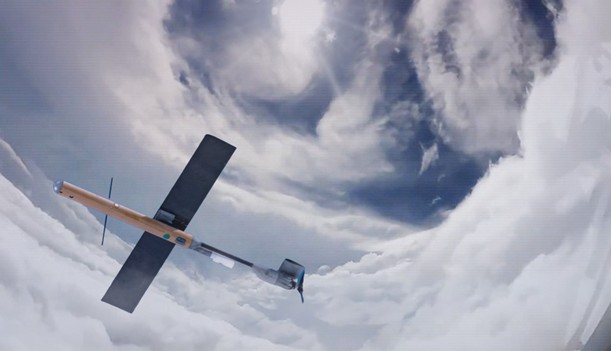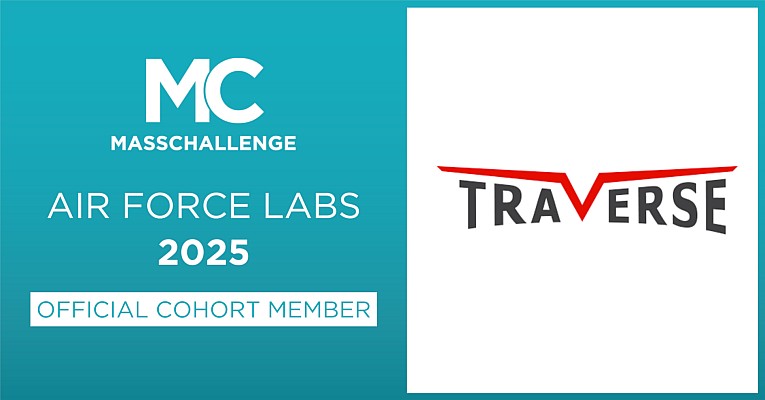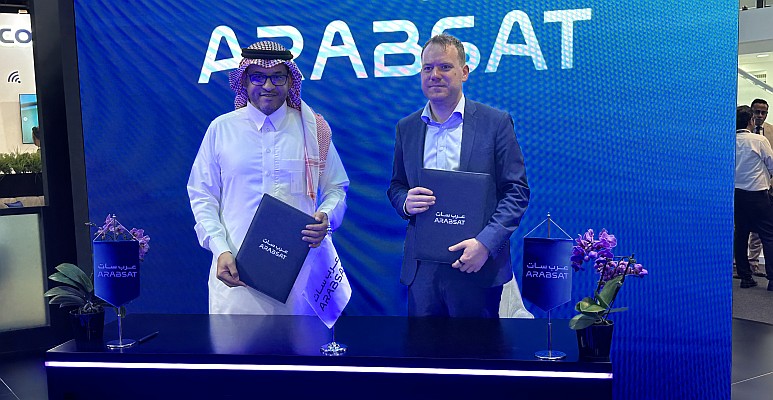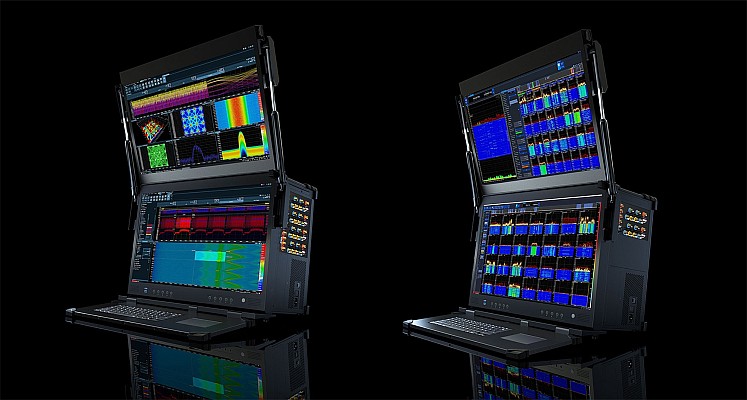Geoscientists know that understanding the dynamics of tropical cyclones is paramount for improving predictions and protecting coastal populations. The immense power of these storms presents a significant challenge, especially when trying to gather crucial data from their most dangerous and difficult-to-observe regions. Historically, collecting in-situ measurements within the storm’s core has been limited by the risks and constraints of manned aircraft operations. While dropsondes offer some data, they provide limited spatial and temporal coverage.
Uncrewed Aircraft Systems (UAS) offer a transformative solution for accessing these hazardous airspaces. Unlike manned systems, they can operate where it’s too dangerous for humans, and small UAS are often more economical to build, operate, and maintain. Recognizing the potential of UAS to fill critical spatial and temporal data gaps in mature hurricanes, NOAA established Intensity Forecasting Experiment (IFEX) goals. These goals included the testing of new technologies to improve the three-dimensional representation of the hurricane wind field, facilitate more spatially dense thermodynamic sampling of the boundary layer, and enable more accurate measurements of ocean surface winds. These are precisely the types of detailed observations needed to enhance our understanding and forecasting capabilities.
Improving tropical cyclone intensity forecasts requires an increased use of targeted in-situ measurements. UAS are ideally suited for this objective, allowing for greatly increased temporal and spatial sampling compared to single-digit flight numbers per storm. However, a significant barrier to achieving high-frequency data collection has been the total cost of the aircraft, especially when using systems like repurposed Department of Defense (DoD) aircraft such as the Raytheon Coyote or AAI Aerosonde.
To address this crucial challenge, NOAA awarded Black Swift Technologies (BST) a contract in 2018. The objective was to develop a low-cost, air-deployed UAS capable of sampling kinematics and thermodynamics in the lower boundary layer under difficult atmospheric conditions like those found in convective storms and hurricanes.
The requirement for the platform to be air-deployed from a P-3 drop tube placed significant constraints on the design, often leading to increased complexity, reduced endurance, and higher cost. BST successfully mitigated these challenges by focusing on a simple design based around a single swiveling wing, which reduced moving parts and simplified manufacturing. Weight reduction was achieved through a purpose-built design, concentrating primarily on the avionics and payload.
BST leveraged their unique, in-house toolset, including their certified autopilot (SwiftPilot), ground station (SwiftTab), and a full suite of thermodynamic and kinematic sensors. This comprehensive capability allowed for the consolidation of subsystems into a compact design. It also reduced overall cost by avoiding the need to integrate third-party components and maintained flexibility to quickly integrate new sensors or modify flight patterns.
The culmination of these efforts is the Black Swift SØ™ (S-Zero) UAS, a purpose-built aircraft engineered from inception for flight in extreme conditions, including hurricane deployments. The SØ’s design drew inspiration from the mission-tested technology in the RD-41 dropsonde, aiming to reduce operator workload and align with NOAA’s existing Concept of Operations (CONOPS). A key element is BST’s ability to use the existing AVAPS™ system for long-range backhaul of science data, guaranteeing transmission at operational ranges.
The Black Swift SØ™ UAS was specifically designed to gather the critical data needed for tropical cyclone research. It measures three-dimensional (3D) wind, along with Pressure, Temperature, and Humidity (PTH). It also collects sea surface temperature using a laser altimeter and thermal IR sensor, and vehicle height from the water at lower altitudes. The high-resolution 3D wind data is captured by a custom-built three-dimensional wind and turbulence sensor. Its simplified design ensures the aircraft’s cost remains minimal, making it feasible for multiple vehicles to be deployed for each storm, dramatically increasing sampling coverage.
Operating effectively within a dynamic storm environment demands more than just robust hardware; it also requires advanced autonomy. The choice to use the AVAPS system necessitated the SØ being fully capable of automatic storm-relative navigation. Removing operator control after release streamlines operations and allows for the simultaneous use of multiple aircraft. To ensure accurate, targeted sampling, BST combined their avionics simulation environment with high-fidelity simulated hurricane data from NCAR. This collaboration enabled the development and testing of a navigation algorithm that empowers the aircraft to make autonomous navigation decisions based on the real-time atmospheric sensor data it collects, ensuring it targets the correct location within the storm.
The SØ’s compact, rugged aerial platform and pivotable wing design are engineered for simple, reliable deployments even in intense environments. The interface between the atmosphere and the ocean is critical for understanding how a tropical cyclone gains energy and how momentum is transferred. Uncrewed aircraft systems like the Black Swift SØ™ UAS are proving to be the platform of choice for gathering this vital information.
The capabilities of the SØ have been rigorously tested and successfully demonstrated. During the 2023 season, NOAA hurricane researchers successfully deployed the Black Swift Technologies SØ™ UAS into Tropical Storm Tammy. At just 2.6 lbs, it is the lightest UAS platform ever used to successfully sample a tropical cyclone. 2023 Clear Air Test Results further underscored its performance, demonstrating 102 minutes of flight time (including 25 minutes at 10 meters above the sea surface) and achieving a communication range of 125 nautical miles, with a likely maximum range approaching 150 nautical miles. These results highlight the platform’s capability for extended data collection missions in challenging conditions.
Black Swift Technologies’ work in tropical cyclone monitoring exemplifies their commitment to developing innovative UAS solutions for demanding environmental applications. By creating cost-effective, purpose-built, and highly autonomous platforms like the SØ, they are providing geoscientists and forecasters with access to previously unattainable data, paving the way for improved understanding and prediction of dangerous weather phenomena.
Ready to access unparalleled data from the heart of extreme weather events?
Visit bst.aero to learn more about the Black Swift SØ™, see our exciting future endeavors (including preparations for another hurricane season), and discover how our advanced UAS technology can elevate your atmospheric data collection capabilities.







